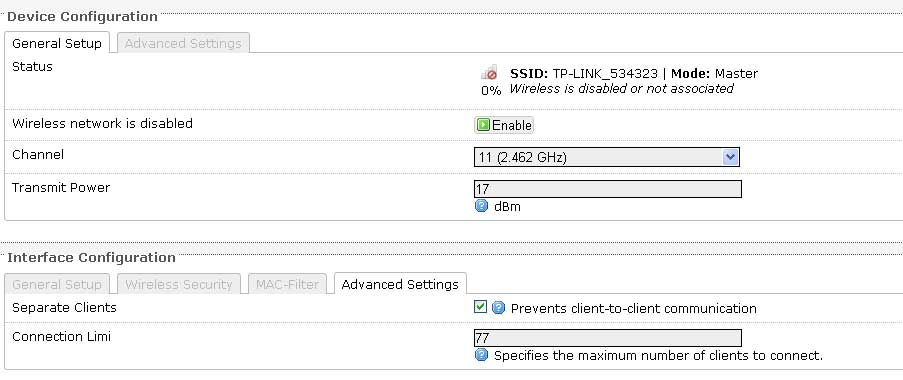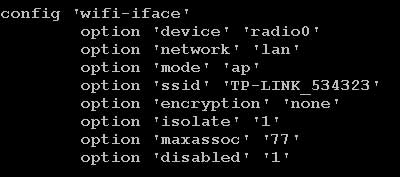openwrt TTL uboot刷机
Openwrt常用烧写命令
AR系列分区地址
4M flash的分区地址:
分区名 起始地址 结束地址 分区长度
uboot 0x9f000000 0x9f020000 0x20000
firmware 0x9f020000 0x9f3e0000 0x3c0000
art 0x9f3f0000 0x9f3e0000 0x10000
8M flash的分区地址:
分区名 起始地址 结束地址 分区长度
uboot 0x9f000000 0x9f020000 0x20000
firmware 0x9f020000 0x9f7e0000 0x7c0000
art 0x9f7f0000 0x9f7e0000 0x10000
16M flash的分区地址:
分区名 起始地址 结束地址 分区长度
uboot 0x9f000000 0x9f020000 0x20000
firmware 0x9f020000 0x9ffe0000 0xfc0000
art 0x9fff0000 0x9ffe0000 0x10000
1.命令行刷系统
固件传至/tmp:
cd /tmp
cat /proc/mtd
dev: size erasesize name
mtd0: 00020000 00010000 “u-boot”
mtd1: 000e01c4 00010000 “kernel”
mtd2: 002efe3c 00010000 “rootfs”
mtd3: 00060000 00010000 “rootfs_data”
mtd4: 00010000 00010000 “art”
mtd5: 003d0000 00010000 “firmware”
从上面的命令可以得知,mtd5是 firmare
使用mtd更新系统
mtd -r write factory.bin firmware
使用sysupgrade更新系统,推荐。
sysupgrade factory.bin
2.ttl刷新编程器固件、fw、uboot、art
4M的:
刷编程器固件:
tftp 0x80000000 full.bin (可能 printenv 地址不是0x80000000,没有关系)
erase 0x9f000000 +0x400000
cp.b 0x80000000 0x9f000000 0x400000
刷uboot:
tftp 0x80000000 uboot.bin
erase 0x9f000000 +0x20000
cp.b 0x80000000 0x9f000000 0x20000
刷fw:
tftp 0x80000000 fw.bin
erase 0x9f020000 +0x3c0000
cp.b 0x80000000 0x9f020000 0x3c0000
刷art:
tftp 0x80000000 art.bin
erase 0x9f3f0000 +0x10000
cp.b 0x80000000 0x9f3f0000 0x10000
8M的:
刷编程器全部固件(uboot+fs+art):
tftp 0x80000000 full.bin
erase 0x9f000000 +0x800000
cp.b 0x80000000 0x9f000000 0x800000
刷uboot:
tftp 0x80000000 uboot.bin
erase 0x9f000000 +0x20000
cp.b 0x80000000 0x9f000000 0x20000
刷fw:
tftp 0x80000000 fw.bin
erase 0x9f020000 +0x7c0000
cp.b 0x80000000 0x9f020000 0x7c0000
刷art:
tftp 0x80000000 art.bin
erase 0x9f7f0000 +0x10000
cp.b 0x80000000 0x9f7f0000 0x10000
16M:
FW:
tftp 0x80000000 fw.bin
erase 0x9f020000 +0xfc0000
cp.b 0x80000000 0x9f020000 0xfc0000
本文章由http://www.wifidog.pro/2015/08/04/openwrt-uboot%E5%88%B7%E6%9C%BA.html整理编辑,转载请注明出处




